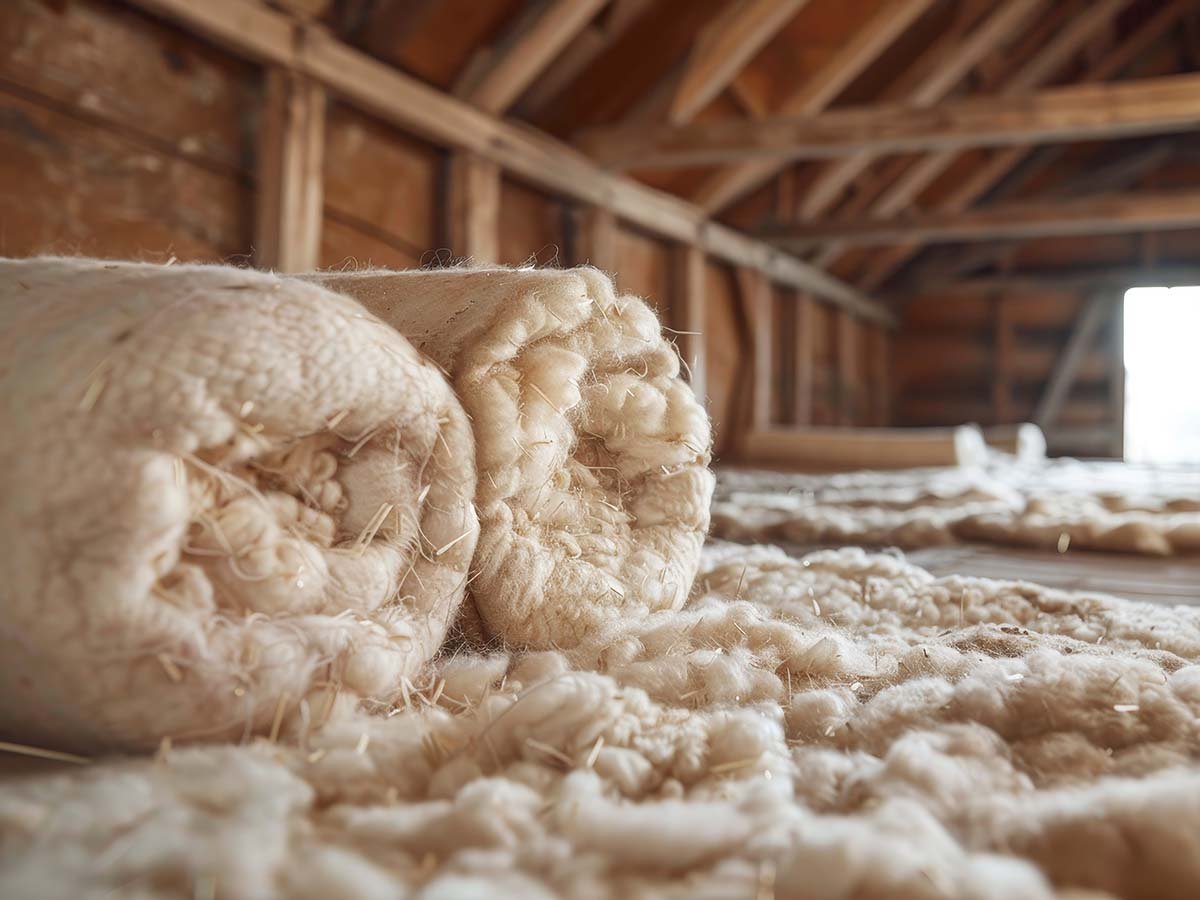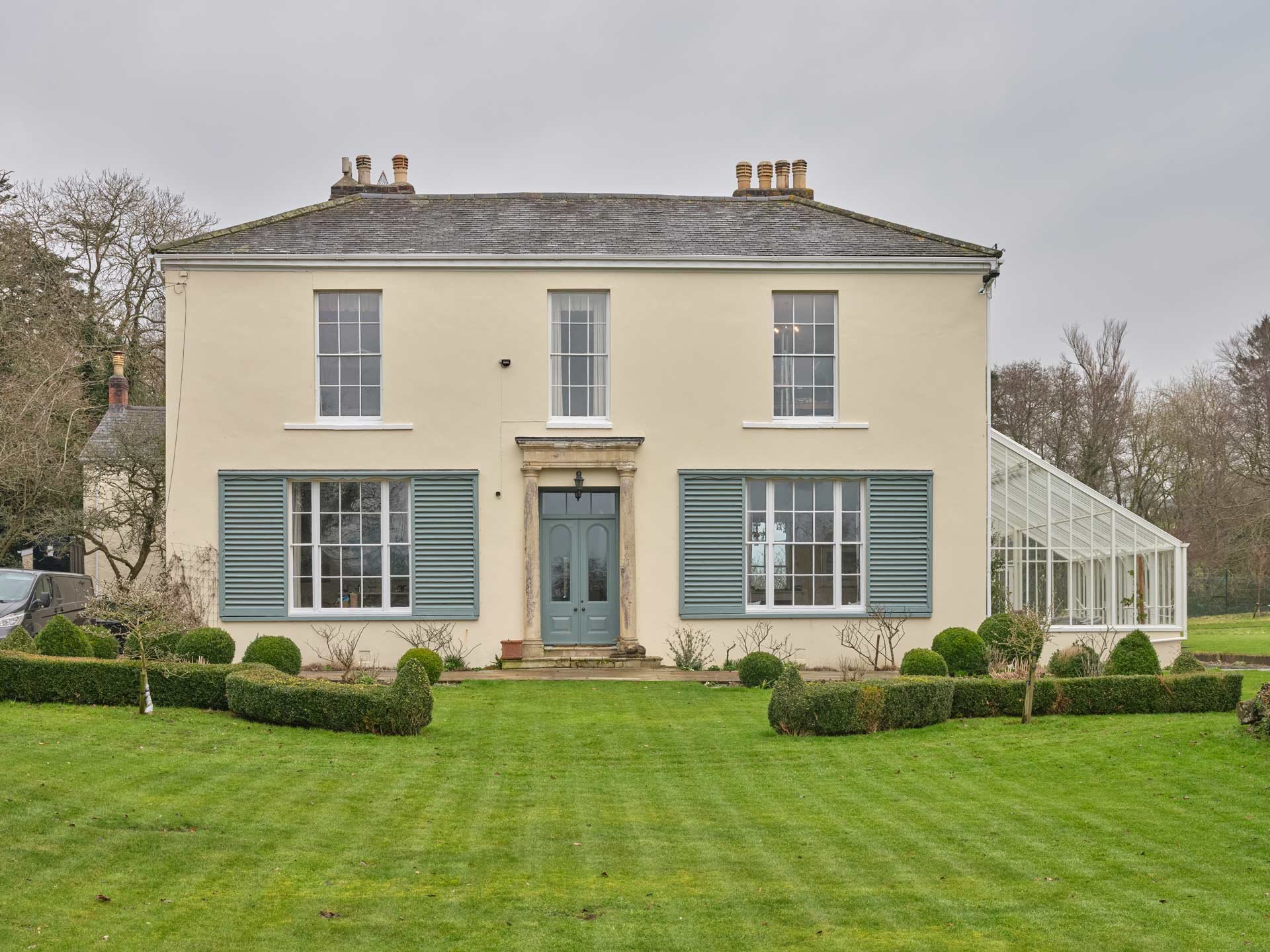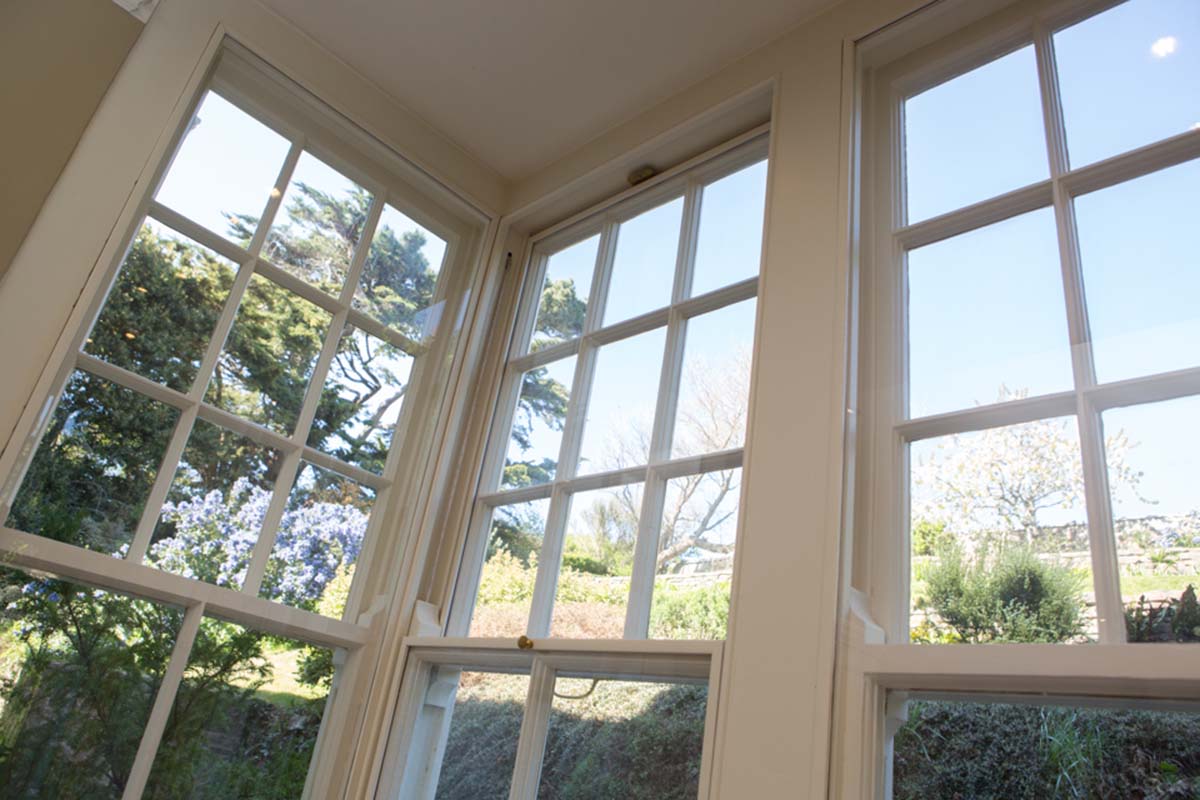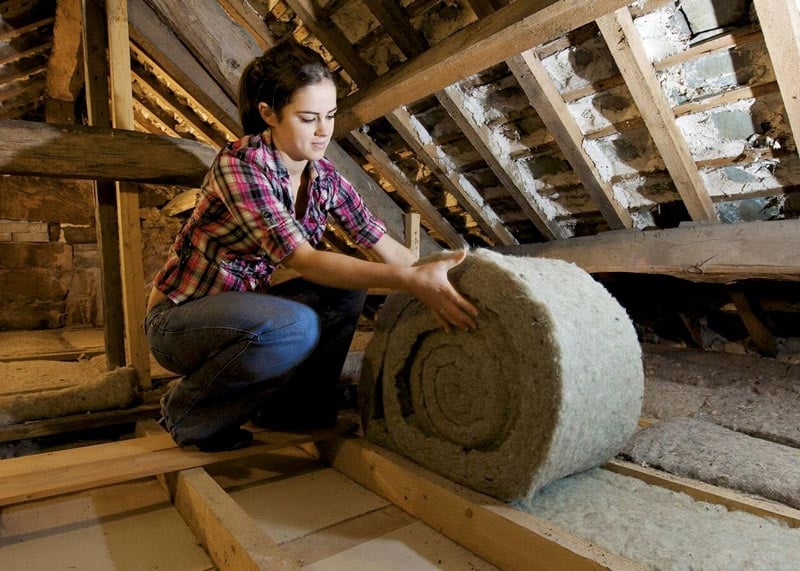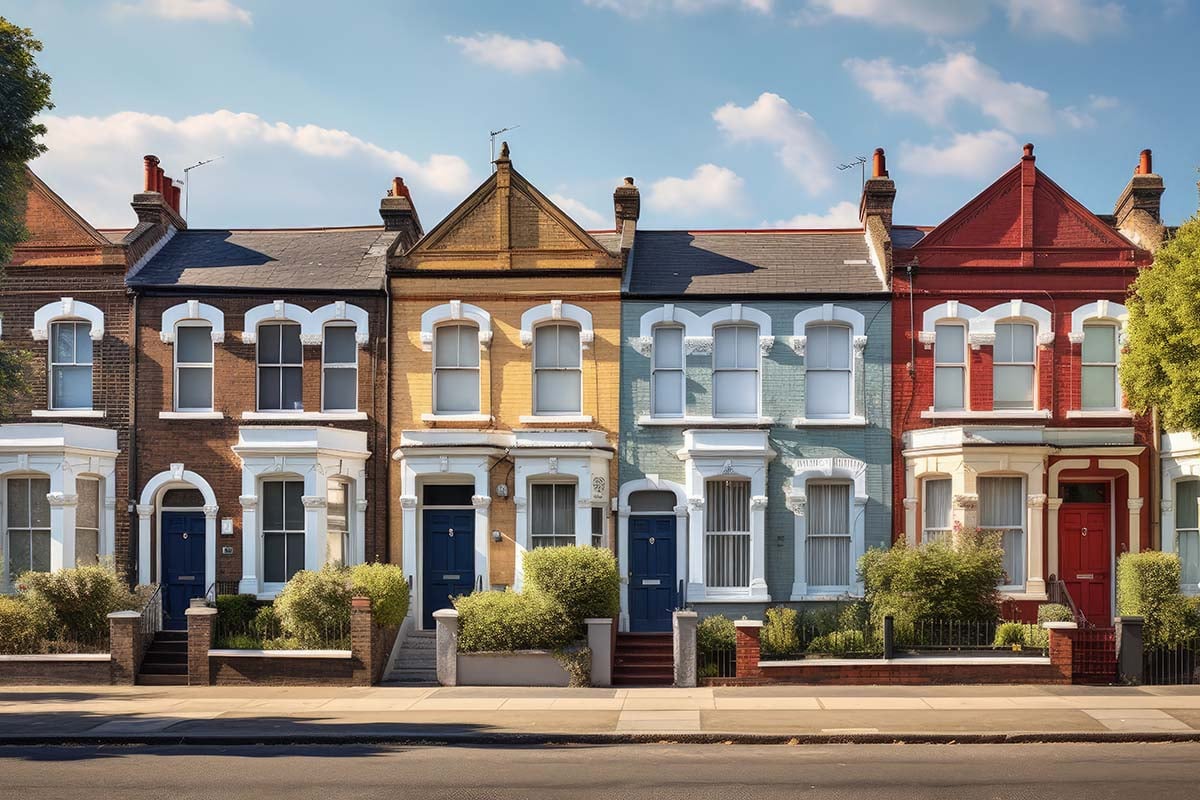Summary
This guide compares loft insulation materials, focusing on heritage-compatible options. It evaluates natural versus synthetic products, considering breathability, lifespan, cost, and sustainability. Filled with expert insight, regulation guidance, and actionable tips, it helps owners of historic homes choose insulation that protects both energy efficiency and architectural character.
Introduction
Making the wrong choice for loft insulation could cost both comfort and history. With options spanning natural and synthetic, finding the right match is key, especially for listed homes. This guide explores insulation types, their suitability for heritage structures, and how to safeguard architectural integrity while improving energy performance.
What is loft insulation, and why does it matter?
Loft insulation acts like a thermal blanket for your home, reducing heat loss through the roof. In the UK, an uninsulated home can lose around 25% of its heat this way. Installing proper loft insulation brings lower heating bills, greater comfort, and a reduced carbon footprint. This can be done without altering your building’s character.
How does loft insulation work in simple terms?
It creates a duvet effect over the living spaces in the property, slowing heat from escaping through the roof, keeping warmth inside during winter and blocking external heat in summer. All types of loft insulation are light and full of air which makes it hard for heat to pass through.
How much energy can loft insulation save?
According to the Energy Saving Trust, raising insulation depth from 0mm to 270mm can save around around £400 per year for a detached house. Further, Historic England notes that achieving the recommended 270mm depth can cut up to 1000 kg CO₂ annually for gas-heated homes and 1400 kg CO₂ for oil-fired homes.
Why is loft insulation especially important for heritage homes?
Period properties often feature thin roof coverings and timber structures that offer poor thermal efficiency. Sensitive insulation can preserve historic building fabric while delivering comfort and energy savings.
Which loft insulation materials are suitable for heritage homes?
Heritage homes demand materials that are breathable, reversible, and compatible with existing structures. Avoiding moisture entrapment is paramount to protecting timber frames and historic materials.
Why is breathability vital in historic roofs?
Historic buildings rely on the natural movement of water vapour. Using non-breathable insulation (e.g., rigid, closed-cell foam board) risks trapping moisture, which can lead to rot, mould, and irreversible damage to original timbers.

What natural insulation materials work best for heritage homes?
- Sheep’s wool: Highly breathable, hygroscopic, fire-resistant, and absorbs pollutants.
- Wood fibre boards: Rigid but breathable, with good acoustic and thermal mass qualities.
- Hemp or flax fibres: Sustainable, flexible, and suitable for irregular loft spaces.
How do modern natural blends compare?
Hybrid products mixing natural fibres with stabilisers or recycled content improve durability while maintaining breathability, often accepted under conservation standards if installed correctly.
How to choose between natural and synthetic insulation for lofts?
Balancing cost, performance, sustainability, and heritage value is key. Here’s how each option measures up.
What are the pros and cons of natural insulation?
Pros:
- Breathable, regulates moisture, supports heritage building health
- Thermal mass acts as a buffer, slowing down movement of heat, so prevents overheating in summer
- Non-toxic
- Natural long-lasting properties
- Sustainable and often fire-resistant
Cons:
- Higher upfront cost
- Needs more thickness for same thermal value compared to certain synthetics such as foam boards
What are the pros and cons of synthetic insulation?
Pros:
- Cost-effective initially
- Thin profiles with high thermal performance
Cons:
- Non-breathable, may trap moisture in old structures
- Have a shorter decrement delay – meaning they heat up faster in hot weather. This means they can start to radiate heat into living spaces within a short amount of time.
- Mineral wools can slump over time
- Lower sustainability credentials

Which type performs best in listed buildings?
Natural insulation, especially sheep’s wool or wood fibre is generally the safest and most conservation-friendly choice for heritage properties.
What is the lifespan of different loft insulation types?
Longevity matters for both value and disruption. Below are accurate lifespan estimates as of 2025.
How long does natural insulation last?
- Sheep’s wool can last up to 60 years when properly installed and maintained. Studies affirm that wool maintains its structure over decades without significant compression.
- Wood fibre boards can last 50 years.
- Cellulose-based insulation (recycled paper) typically lasts 20–30 years.
How long does synthetic insulation last?
- Mineral wool: Typically 35–40 years, though some studies cite up to 100 years under ideal conditions.
- Rigid foam board: Can last 40–100 years, depending on installation and conditions.
Does loft insulation need maintenance or replacement?
Yes. While many insulation types have long lifespans, it’s good practice to check your loft every decade for dampness, compression, or pest issues. In heritage homes, inspections may need to be more frequent due to the delicate balance of moisture and ventilation.
How do different loft insulation materials compare in practice?
Below is a comparison table summarising key properties:
| Material | Breathability | Lifespan | Heritage-Friendly | Notable Traits |
| Sheep’s Wool | High | ~60 years | Yes | Hygroscopic, pollutant-absorbing |
| Wood Fibre | Medium–High | ~50 years | Yes | Acoustic benefits, thermal mass |
| Hemp/Flax | Medium | ~30–40 years | Yes | Flexible, sustainable |
| Mineral Wool | Low | ~35–40 years | No | Fire-resistant but moisture-prone |
| Glass Wool | Low | ~35 years | No | Cheap, non-breathable |
| Rigid Foam Boards | Very Low | ~40–100 years | No | High thermal resistance, vapour trap risk |

What regulations apply to insulating listed and heritage buildings?
Heritage properties have legal obligations; understanding them helps avoid unwanted consequences.
Do you always need Listed Building Consent?
Any work affecting historic character, such as visible roof changes, requires consent. Even internal insulation can be subject to regulation if it alters fabric or ventilation.
What insulation approaches avoid breaching regulations?
Breathable and reversible solutions like sheep’s wool under loft boards or discreet wood fibre boards usually meet conservation standards and avoid permanent alterations.
Where can homeowners find official guidance?
Historic England provides detailed advice in publications such as Insulating Roofs in Historic Buildings and Insulating Pitched Roofs at Ceiling Level. They also stress that combining multiple measures (e.g., loft plus cavity wall insulation) should be done with professional oversight.
Additionally, Historic England offers a clear overview of energy efficiency in older homes.
How should homeowners decide on the best loft insulation?
Selecting the right solution involves careful evaluation across heritage, performance, and practicality.
What factors should guide the decision?
- Building status (listed, conservation area, etc.)
- Breathability and condensation risk
- Budget vs lifespan
- Balance of keeping warm in cold weather and cool in hot weather
- Long-term maintenance needs
- Installation complexity and reversibility

Should installation always be professional?
Absolutely, especially for heritage properties. Professional installers with conservation experience ensure no damage to historic materials, proper ventilation is maintained, and consent requirements are met.
What are common mistakes to avoid?
- Blocking eaves or roof vents
- Compressing insulation reduces its effectiveness
- Installing non-breathable insulation in vulnerable roofs
What role does professional expertise play in loft insulation for heritage homes?
Heritage projects demand technical and regulatory skill and the right tone.
Why choose experts in heritage insulation?
They understand how to balance thermal gains with preservation of both fabric and character, ensuring compliance with Listed Building Consent and Building Regulations.
What techniques do heritage specialists use?
- Installing sheep’s wool without altering visible features
- Using secondary glazing and draught-proofing methods that are reversible and minimally invasive
- Ensuring ventilation paths remain open to prevent moisture buildup
How does Mitchell & Dickinson approach loft insulation?
Mitchell & Dickinson specialise in heritage-sensitive insulation using natural materials like sheep’s wool, wood fibre and lime plaster paired with expert draught proofing and secondary glazing. Their approach protects historic fabric, respects regulation, and improves warmth and efficiency.
Conclusion
Choosing the best loft insulation isn’t about picking a single material it’s about matching heritage sensitivity with performance. For heritage and listed homes, the clear choice is breathable, natural materials like sheep’s wool or wood fibre. They offer warmth, sustainability, and structural safety without risking damage to original fabric. While synthetic options may offer short-term savings and slimmer profiles, they often introduce moisture and building stress risks.
Ready to insulate your loft in a way that honours history and delivers efficiency? Discover how Mitchell & Dickinson’s heritage-insulation specialists can help on our draught proofing and loft insulation services page.
FAQs
Yes, when using breathable natural materials installed by heritage-trained professionals, insulation can usually be removed or altered without harm.
Yes, particularly with non-breathable options. Natural insulation like sheep’s wool helps regulate humidity and reduce such risks.
Sensitive upgrades that improve comfort and efficiency can enhance a property’s appeal, especially when original materials and character are preserved.
DIY is possible but risky. Heritage buildings benefit from expert installers who understand ventilation, consent, and fabric conservation.
The UK recommendation is 270 mm. However, in older roofs, material choice and ventilation may mean adjusting thickness. Professional guidance ensures both efficiency and preservation.
